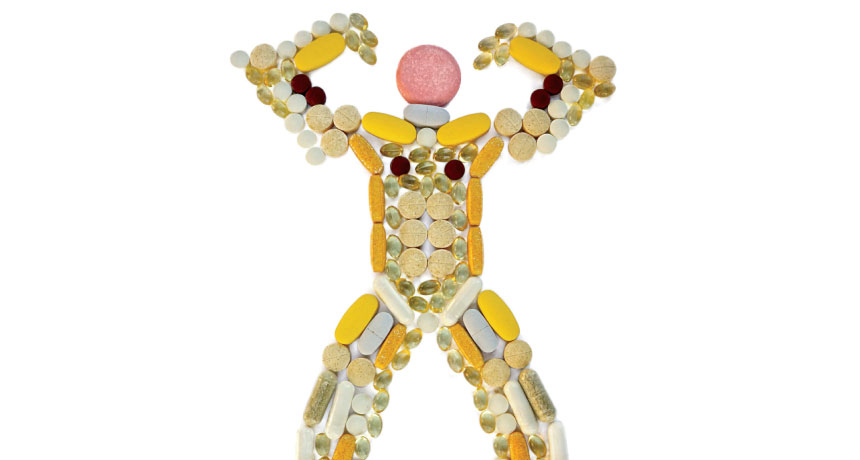For athletes, antioxidant pills may not help performance
Some supplements can blunt the positive effects of exercise training

TOUGH TO SWALLOW Antioxidant pills may not help athletes after all.
M. Telfer
In the fickle world of sports nutrition fads, few trends have shown the staying power of antioxidants. For more than three decades, athletes have remained devoted fans of supplements; the American College of Sports Medicine estimates that around half of elite athletes take vitamins in hopes of keeping their bodies fit and boosting endurance.